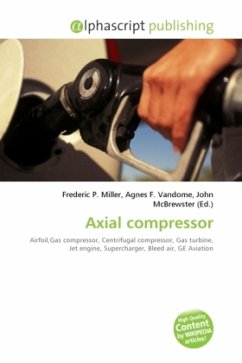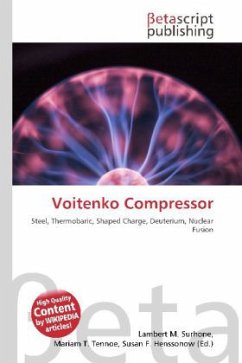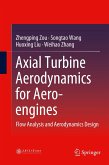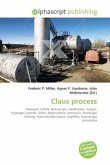Axial compressors are rotating, airfoil based compressors in which the working fluid principally flows parallel to the axis of rotation. This is in contrast with other rotating compressors such as centrifugal, axi-centrifugal and mixed-flow compressors where the air may enter axially but will have a significant radial component on exit. Axial flow compressors produce a continuous flow of compressed gas, and have the benefits of high efficiencies and large mass flow capacity, particularly in relation to their cross-section. They do, however, require several rows of airfoils to achieve large pressure rises making them complex and expensive relative to other designs (e.g. centrifugal compressor). Axial compressors are widely used in gas turbines, such as jet engines, high speed ship engines, and small scale power stations. They are also used in industrial applications such as large volume air separation plants, blast furnace air, fluid catalytic cracking air, and propane dehydrogenation. Axial compressors, known as superchargers, have also been used to boost the power of automotive reciprocating engines by compressing the intake air, though these are very rare.
Bitte wählen Sie Ihr Anliegen aus.
Rechnungen
Retourenschein anfordern
Bestellstatus
Storno








